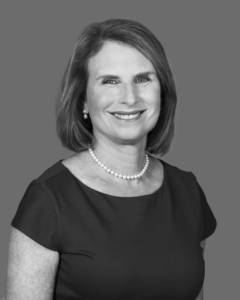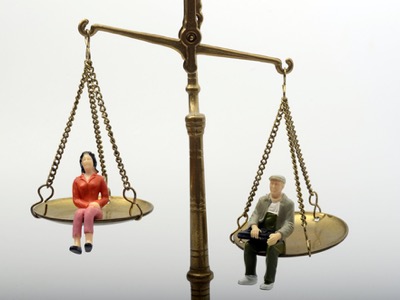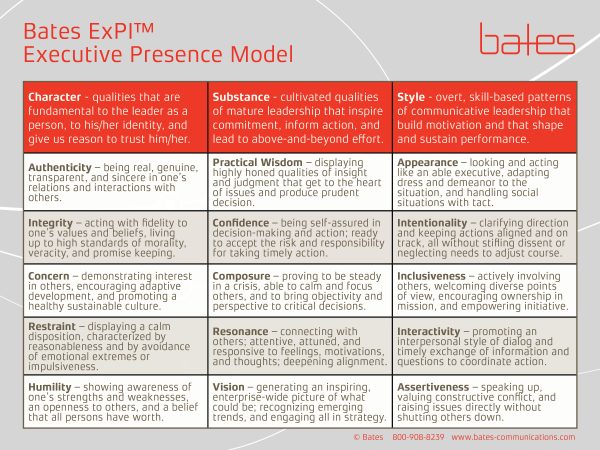 The world turned upside-down in 2020 as the ongoing COVID-19 pandemic event altered our daily lives and conversations on a collective level.
The world turned upside-down in 2020 as the ongoing COVID-19 pandemic event altered our daily lives and conversations on a collective level.
In this annual year in review, TheGlassHammer considers the major updates that we’ve witnessed for women, diversity and inclusion.
Women’s Representation in Leadership in 2020
First of all, a quick glance at leadership statistics. Based on 2019, an “all-time record” of 37 women were represented among Fortune 500 CEOs, three being women of color. Nearly 93% of top companies are still steered by men, with few black men present.
The Global 500 includes 13 businesses run by women, none being women of color. Over 97% of the world’s top businesses have men at the helm. When it comes to boardrooms seats globally, women held 16.9% of seats though research cites women’s board presence as a business imperative.
Although VC-backed founder teams that include women hire 2.5 times more women, raise more in capital and generate more revenue, 2020 has brought a dip to the already marginal amounts of Venture Capital funds going to women founders (only 1.8% as of September 30th, down from 2.6% in 2019)—with industry speculation that funders are ‘playing it safe’ within their staid networks.
Korn Ferry also observed that global firms have in many ways leaned towards freeze mode rather than opportunity and innovation during the “giant pause,” especially in leadership.
Meanwhile, continued lack of women in tech and tech leadership contributes to rendering women invisible by design in our world.
COVID-19’s Big Impact on Gender Equality
Though many women we’ve interviewed have felt fortunate for the work-life integration of remote working and the Zoom living room office, this sudden shift was brought by collective trauma and simultaneous to at-home care-taking and education responsibilities.
More broadly on a global scale, we’ve tipped into a staggering regression in gender equality that is getting lost in the conversation.
The World Economic Forum declared COVID-19 “the biggest setback to gender equality in a decade.” UN Women reported that “While everyone is facing unprecedented challenges, women are bearing the brunt of the economic and social fallout of COVID-19”—which is widening the gender poverty gap and the gender educational gap.
Women are disproportionately employed in the industries most impacted by the pandemic, and their jobs are 1.8 times more vulnerable than men’s, according to McKinsey’s study of pandemic gender impacts.
While women make up 39% of overall employment, they accounted for 54% of job losses as of May 2020 – an employment exodus so overly female that it’s been dubbed a “shecession.”
“As COVID-19 has disproportionately increased the time women spend on family responsibilities,” write the McKinsey researchers in Harvard Business Review, “women have dropped out of the workforce at a higher rate than explained by labor-market dynamics alone.”
In the US, women are taking on 1.5 to 2.0 extra hours of family responsibilities per day – including at home education responsibilities. For many the multiple changes are off-setting mental health, physical well-being and work-life balance.
A Deloitte Global research survey which polled 400 working women around the globe found that 82% found their lives had “been negatively disrupted by the pandemic” and 70% of those women were “concerned about their ability to progress in their careers.”
Deloitte found that among women who had experienced shifts in their daily routine from the pandemic, 65% had more household chores and a third had bigger workloads. Among these women, those shouldering 75% or more of caregiving responsibilities tripled (from 17% to 48%).
The research also found that women without caregiving responsibilities were experiencing different kinds of stressors, more likely to feel they needed to be always “on” and available at work (53% vs. 44%).
These women reported feeling overwhelmed more so than their caregiving peers (58% vs. 41%) – which highlights a need for women to create their own healthy boundaries despite the normalized, technology-enabled business culture of 24/7 availability.
Both teams of researchers push for policymakers and business leaders to “take action now” to curb the impact on women, as the “do nothing” scenarios show far graver gender equality and economic impacts.
Women’s Leadership In Headlines in 2020
While the floor is being seriously shaken on gender equality on a global level, women have featured in the leadership headlines of 2020.
The death of U.S. Supreme Court Justice Ruth Bader Ginsburg (RBG) on September 18th, amidst the presidential election campaign, closed a 27 year stint and preceding judicial legacy that included redefining gender roles, challenging sex-discrimination, supporting women’s reproductive rights, voting for same sex marriage and confronting other social inequities. The loss of RBG has thrown the future balance of the highest court decision-making into question.
In RBG’s words, ”Women’s rights are an essential part of the overall human rights agenda, trained on the equal dignity and ability to live in freedom all people should enjoy.”
The Supreme Court replacement was a woman considered to be of conservative ideology, Amy Coney Barrett. This gives us pause as it is a great example of the conflict that arises when we try to hold competing ideas in our head. In this case the happiness of another woman in the seat adjacent to the notion that she may not rule in the interests of women’s rights with a track record to show such tendencies.
Meanwhile U.S. Senator Kamala Harris collected yet another breakthrough first in her expansive leadership career when she became the first women US vice president-elect this November.
As a multiracial woman, she will also be the first Black person and person of South Asian descent to hold the office – with hopes that she may become the first women US president.
And it’s no surprise that Catalyst CEO Champions for Change who pledged to support women and women of color into leadership are leading in bringing more gender and racial equity into leadership.
Where Do We Go In 2021?
A paradox of the events of 2020 is that some conversations have become so divisive they can barely be approached, while other social injustice topics have finally been put on the table where we cannot look away from them—especially, systemic racism.
If we want real change, more conversations need to be put on the unavoidable table, no matter how much vulnerability they bring up or how hard they are to confront, within and between us.
As a culture, we are arguably becoming more conscious of the many aspects of cultural social architecture we have been complicit in accepting as normative – down to the level of making visible the microaggressions that uphold racism.
Many top executive women who have spoken to us this year are emphasizing taking diversity and inclusion out of its departmental silo. As a side dish discussion, it’s at best lip service.
What will the leadership numbers look like when we review the board and executive levels of 2020?
And regardless, we are still talking year after year about top business leadership in the 90th percentiles of men and far too few people of color, as we report on “record highs” that are only micro-progress.
Can we talk about that?
Right now, we are witnessing a drop in women employment so fast that it’s crippling any progress on global gender equality. A few women making headlines in leadership will not offset that.
Do the ethics of companies and leadership still carry a paradigm that depends on this gap?
Can we talk about that?
As we enter into 2021 having already adopted the language of the “new normal,” the question increasingly becomes what do we want to make it?
Will we be willing to make the invisible even more visible? What questions are we willing to ask? Instead of being caught in crisis response, are we ready for real cultural re-envisioning?
What values are at the center of a “new normal” and where is it taking us? What connects us, what divides us, and can we find our way back home?
Where do we need to stop telling the same narrative and further stand up, from within ourselves?
Are we ready to find out, together?
By Aimee Hansen

 By Nicki Gilmour, CEO and Founder of theglasshammer.com
By Nicki Gilmour, CEO and Founder of theglasshammer.com




